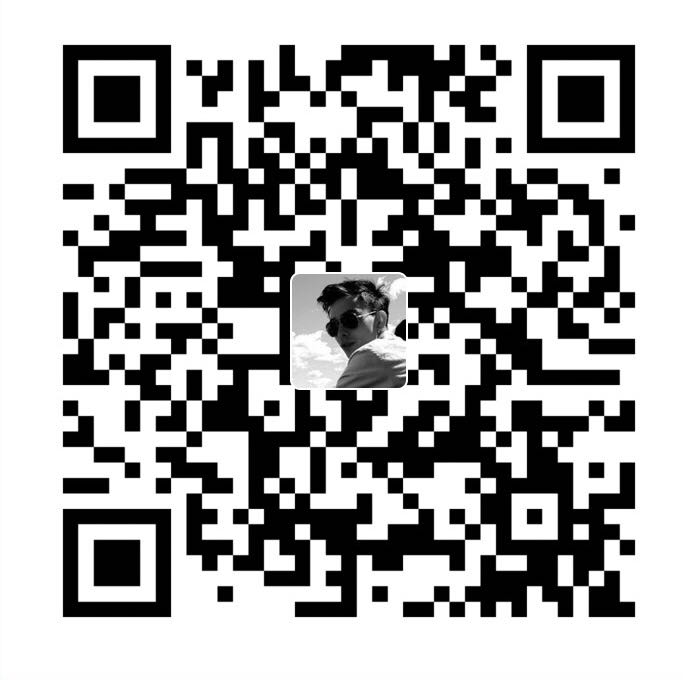MongoDB 的索引
MongoDB 的索引种类
1、_id 索引
2、单键索引
3、复合索引
4、多键索引
5、过期索引
6、全文索引
7、地理位置索引
查看索引的信息
1 | db.test.getIndexes() |
一、_id 索引
这个索引绝大多数集合默认建立的索引,一个唯一的索引
二、单键索引
单键索引最普通的索引
1、创建索引,给 name 这个列添加索引
1 | # 这个应该是V3.0 之前的方法了 |
2、创建索引的其他参数属性
(a)、name 指定,给索引命名
1 | db.test.createIndex({name:1},{name:"indexName"}) |
(b)、unique 唯一性 ,为true 时 当插入已存在name 的值后,将报错
1 | db.test.createIndex({name:1},{unique:true/false}) |
(c)、sparse 稀疏性,当为true时,索引字段不存在时将不创建索引,
1 | db.test.createIndex({name:1},{sparse:true/false}) |
(d)、expireAfterSeconds 过期, 下面会讲到
三、复合索引
复合索引可以支持与多个字段匹配的查询
简单说就是把多个字段组合成一个单键索引
四、多键索引
1、这个和单键的区别就是,索引可以是一个数组
2、栗子
1 | # 有这么一个数据 |
或者这样的
1 | { |
五、过期索引
过期索引又称 TTL(Time To Live,生存时间)索引,即在一段时间后会过期的索引(如登录信息、日志等)
我们知道添加索引,对于数据库的 添加、修改、删除是有影响的。
当索引过期后,相应的数据将被删除
适合存贮一段时间过后,失效的数据
1 | # 参数一 --- 索引字段名称 ,参数二 ---- 过期时间 ,单位:秒 |
1、mongdb时间类型
- Date() 显示当前的时间
- new Date 构建一个格林尼治时间 可以看到正好和Date()相差8小时,我们是+8时区,也就是时差相差8,所以+8小时就是系统当前时间
- ISODate() 格林尼治时间
2、过期索引的限制:
1、存储在过期索引的字段必须是指定的时间类型
- 时间类型必须为ISODate类型,或者ISODate 数组。不能使用时间戳,否则不能被自动删除
2、如果指定了Date数组,则按照最小的时间进行删除
3、过期索引不能是复合索引
4、删除时间不是精确的
- 说明:删除过程是由后台程序每60s执行一次,而且删除也需要一些时间所以存在误差
3、栗子
1 | # 创建一个时间索引,60秒后过期 |
六、全文索引
对字符串与字符串数组创建全文可搜索的索引
1、创建格式:
1 | # key 代表一个字段名称,`$**` 是全局匹配 |
2、栗子
1 | # 插入数据 |
3、全文索引相似度查询
1 | # score 相似度值,越高越相似 |
4、全文索引的限制
- 每次查询,只能指定一个$text 查询
- $text 查询不能出现在$nor 查询中
- 查询中如果包含了$text,hine 不再起作用
七、地理位置索引
概念:将一些点的位置存储在Mongodb 中,创建索引后可以按照位置来查找其他的点
子分类:
1、2d 索引:平面地理位置索引
用于存储和查找平面上的点
创建方式:db.locate.insert({width:[经度,纬度]})
取值范围:经度:[-180,180],纬度:[-90,90]
1 | # 创建索引 |
2、2dsphere 索引:球面地理位置索引
用于存储和查找球面上的点
2dsphere需要插入GeoJson数据。GeoJson的格式是:
{ type: ‘GeoJSON type’ , coordinates: ‘coordinates’ }
- 其中type指的是类型,
- Point(经纬度坐标点)
- LineString(两个坐标点,组成一条线)
- Polygon(多边形)
- coordinates是一个坐标数组
1 | # 创建索引 |
八、索引构建情况分析
索引的好处:加快索引相关的查询
索引的缺点:增加磁盘空间消耗,降低写入性能
评判索引构建的方法:
2、profile 集合
当开启的时候 数据库就会有一个system.profile 的集合
- 1、db.getProfilingStatus() 查看状态
- 2、db.getProfilingLevel() 获得级别
- 0 – 关闭
- 1 – 记录符合 slowms 条件的记录
- 2 — 记录所有
- 3、一般开发的调试的时候会开启,生产环境一般都是关闭的。因为会影响性能
3、日志介绍
在配置文件中加入参数
1 | # 1- 5个v,v 越多,信息越详细 |
4、explain 分析
1 | db.test.find({sex:1}).explain("executionStats") |
参考文献:https://docs.mongodb.com/manual/tutorial/measure-index-use/
https://docs.mongodb.com/manual/reference/geojson/

